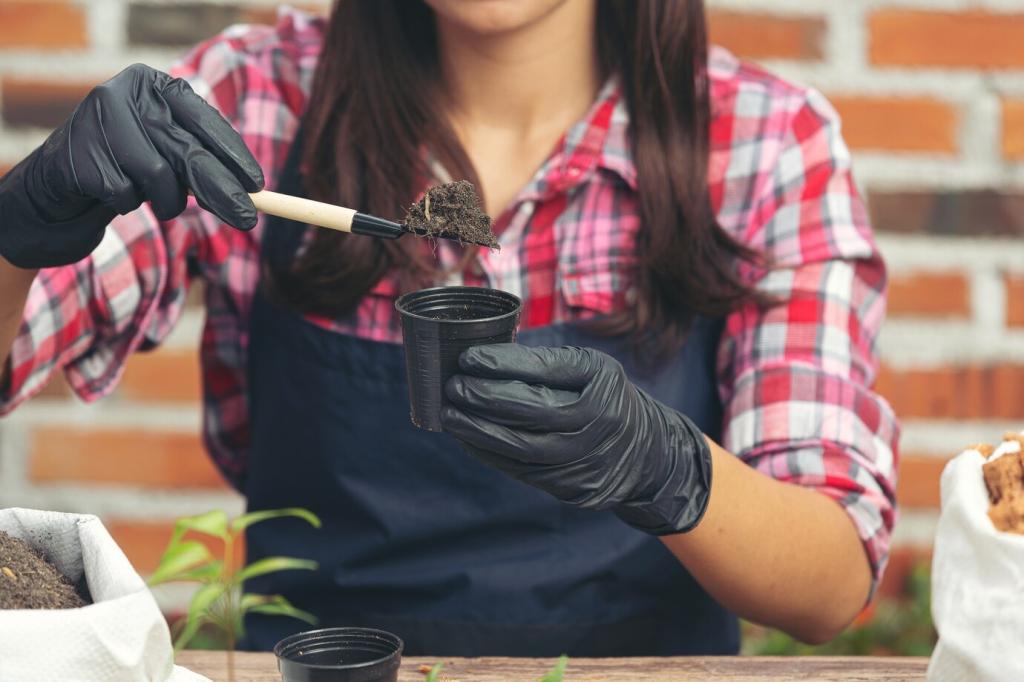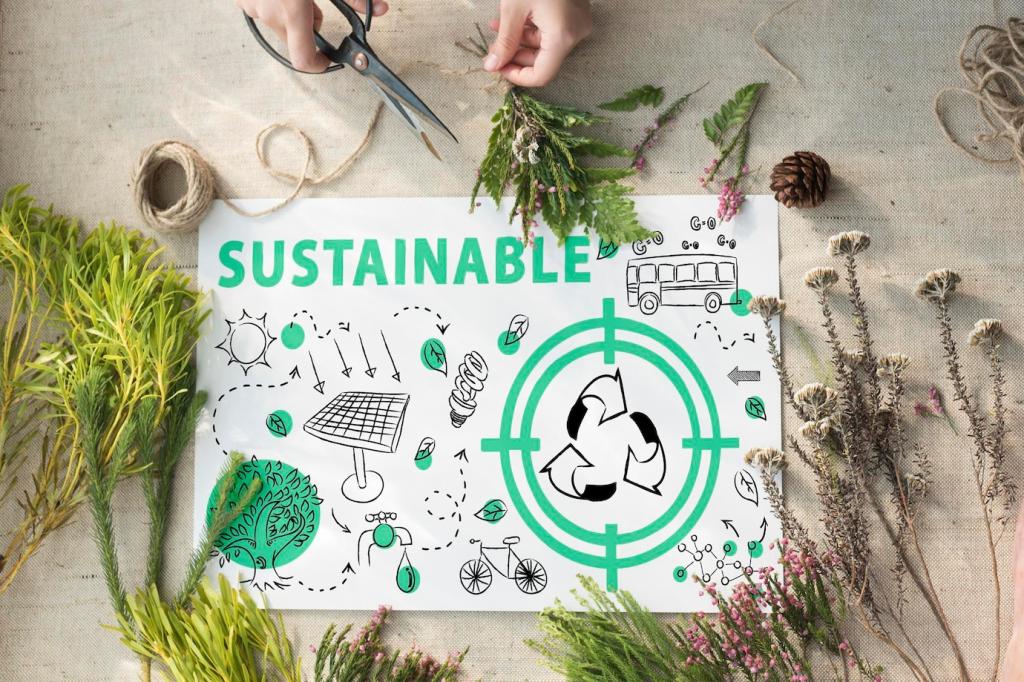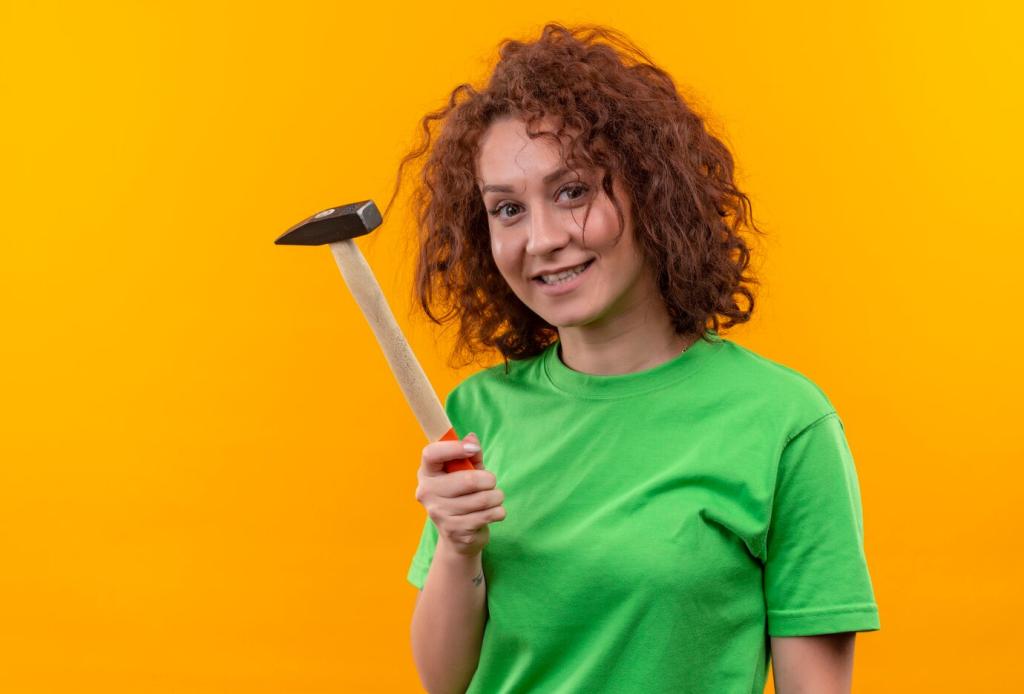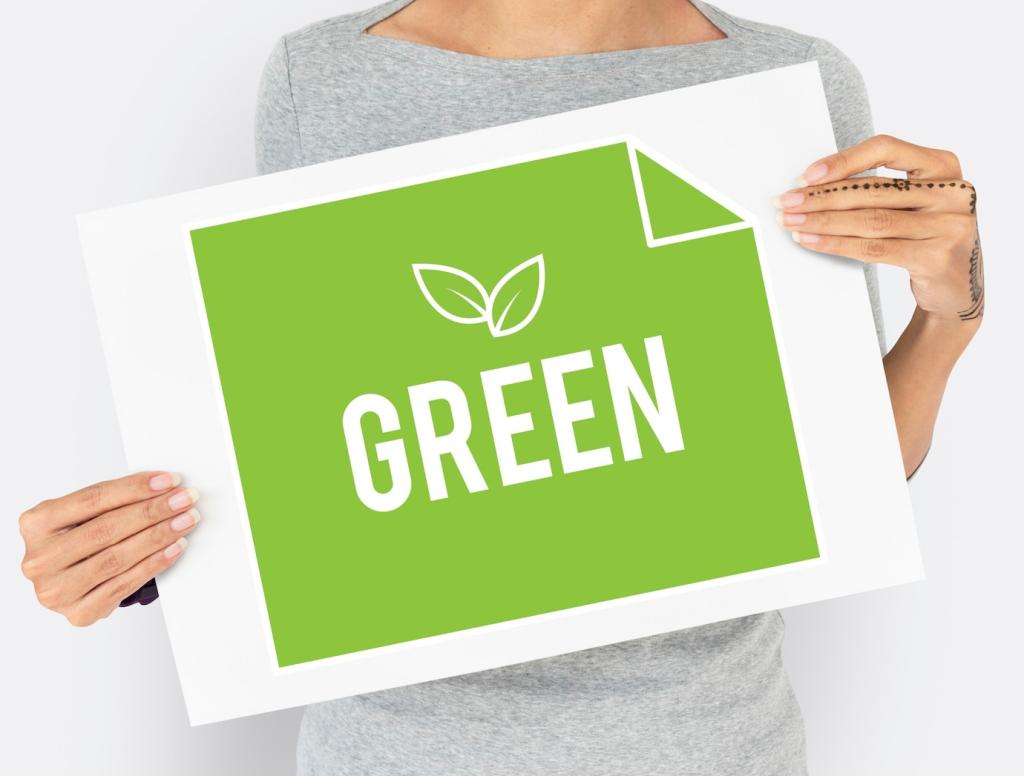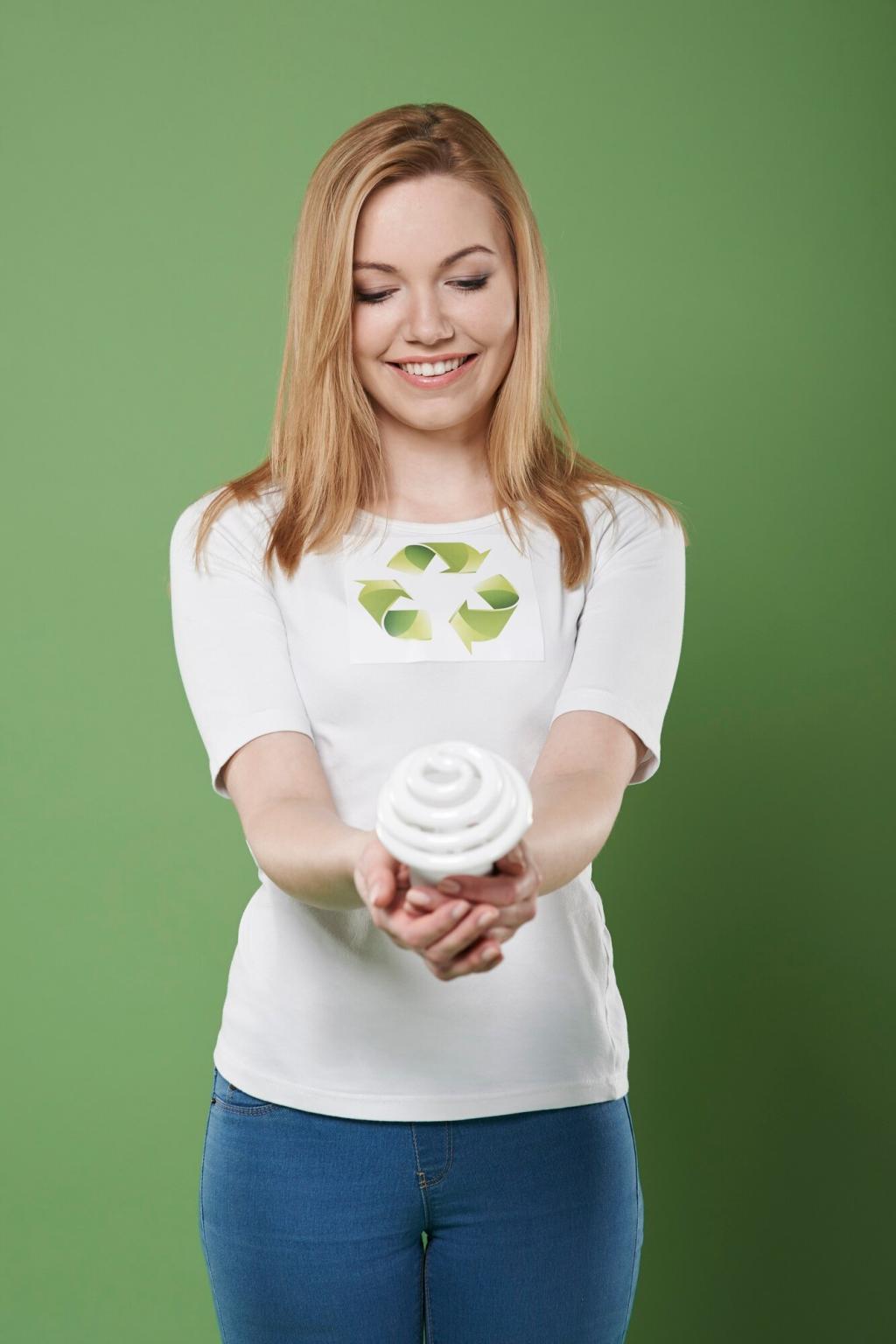What Makes a Wood Treatment Environmentally Safe
Environmentally safe wood treatments minimize volatile organic compounds, avoid persistent bioaccumulative toxins, and provide transparent ingredient disclosures. Look for measurable criteria, not buzzwords, and demand data like VOC g/L, hazard statements, and independent emission certifications.
What Makes a Wood Treatment Environmentally Safe
Low-VOC labels matter, but real-world emissions also depend on ventilation, application thickness, and curing temperature. Check Safety Data Sheets, ask about coalescents and drying agents, and confirm whether products meet stringent indoor air standards over time.

